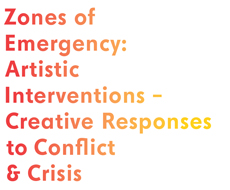The question of what constitutes conflict and crisis today is perhaps most critically defined by the difficulty in finding the limits of that very definition. Of course there are large scale events and situations that are undeniable as conflicts or crises, but our day-to-day experiences are also filled with individual moments of conflict and crisis. So where do we draw the line between the extraordinary and the ordinary? What determines which conflicts and crises deserve priority over the others? Is it simply a matter of scale? Or the number of people affected?
We have a tendency to focus on extreme situations of violence and natural disaster to define conflict and crisis. But in doing so, we overlook the conflicts and crises that simmer just below the surface—that have yet to erupt, but are equally as urgent. In fact, it is these crises that will eventually erupt into those very visible moments of violence and natural disaster. And it is often not a single event, but multiple events over a period of time. These unseen (or ignored) crises seem to be the most critical not in terms of response but in terms of management and prevention.
One example of a simmering crisis is the inadequacy (and particularly the short sightedness) of city infrastructure. City infrastructure for the most part is astonishingly irresponsible and is at the root of many larger issues (as well as acting as a magnifier of those issues). On the surface, the subject doesn’t have much headline potential in terms of inspiring massive donations or even causing alarm in the general population. But it is a true crisis mired with current and future conflicts and it will inevitably affect people on a global scale not only in the long term, but also in the very short term.
Arguably, the greatest shortfall of most city infrastructure is its lack of flexibility. Future growth and potential for change is rarely considered in the planning and development of large scale projects. To design for one time use and one specific type of use is the norm, but how can such projects justify their cost for such a limited frame of time and use potential?
One particularly extreme example of failed city infrastructure is New Orleans. Most agree that the true disaster was not the hurricane itself, but the absolute inadequacy of the infrastructure that was meant to protect the city and provide for the city’s population in the case of such events. What if the superdome had been DESIGNED to accommodate those who took refuge there? In 2008, Geoff Manaugh (of BLDGBLOG) wrote about a “tennis dome/emergency center” in Japan that functions as both a sports complex and a regional disaster preparedness center. The architect actually designed it to have the ability to become a field hospital, refugee camp, and even a prison.
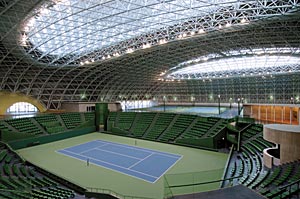
(“tennis dome/emergency center”)

(Superdome in the aftermath of Katrina)
What if all our stadiums or convention centers or even our sewers were DESIGNED with the potential for crises in mind? What if our cities didn’t have to be simply lying in passive wait for disaster to strike?
Another exciting proposal for double use infrastructure comes from a London designer, Mayo Nissen. He proposed a project called City Tickets, which explores how to use something as ubiquitous and seemingly specialized as pay-and-display parking ticket machines for another purpose.
“Pay-and-display parking ticket machines are an example of an intensely technological piece of infrastructure. This project explores how we can use these ubiquitous and expensive boxes to make cities more responsive to the needs of those who live in them, and proposes a service through which ticket machines become a communication channel between citizens and their local authorities.”
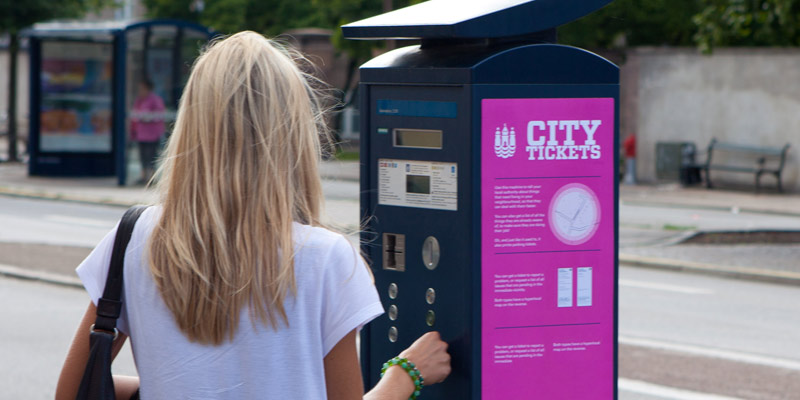
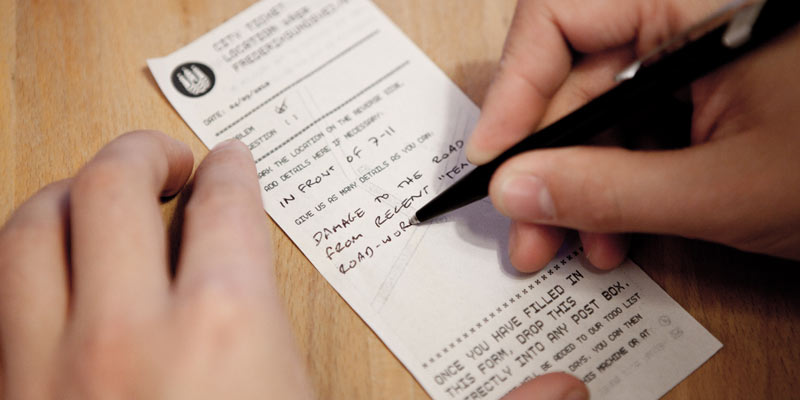
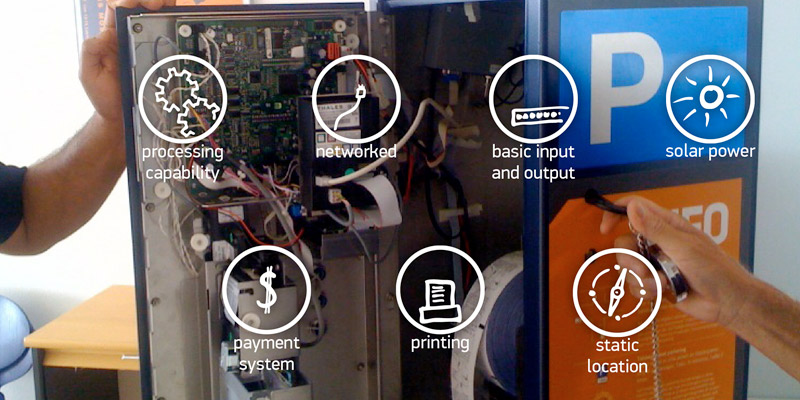
Perhaps peripherally related, but equally relevant, there is a rich history of small scale intervention within current systems of city infrastructure. The most visible and most accessible of such interventions is what we refer to as street art. Street art uses the city’s surfaces for the transmission of messages. The type and intention of those messages varies wildly, but there is great potential for widespread and efficient communication. A “street art” project that takes on cities in a slightly more formal way than most is Photographer Tim Simmons current Urban Land Project. He is using large scale photographs in the form of murals, billboards, and projections to bring striking images of the natural environment to urban surroundings. His aim is to prompt city users to consider their relationship with the world around them. Instead of the usual rhetoric, he simply brings awareness of the natural world by placing its image in contrast to the unnatural world.



And finally, an example of the potential for multi-use infrastructure in a non-city environment demonstrates that this concept can go beyond cities—cities simply have these issues at huge scales and thus impact huge amounts of people. A small proposal from Clarie Lubell and Virginia Fernandez for a network of way-finding devices along traditional hunting trails in the Canadian Artic suggests a method of providing a connection between remote communities and collecting critical information for those communities. Their project, called Buoyant Light, consists of a balloon and a buoy that provide light by harvesting solar energy and makes data about the solar path (which serves to track changes in other seasonal cycles) visually accessible.

SOURCES:
http://bldgblog.blogspot.com/2008/06/stadiums-of-disaster-and-war.html
http://www.mayonissen.com/work/citytickets/
http://www.theanthropologist.net/#/UrbanLandProject
http://brkt.org/index.php/soft/selections/buoyant_light

